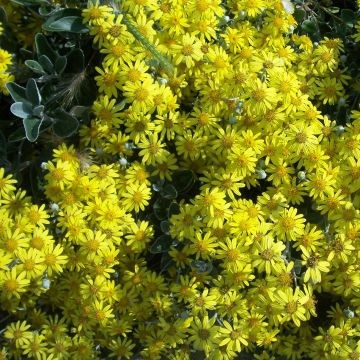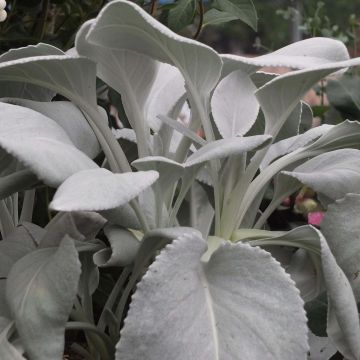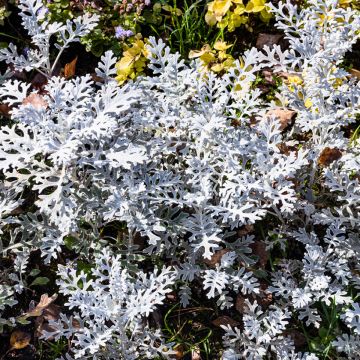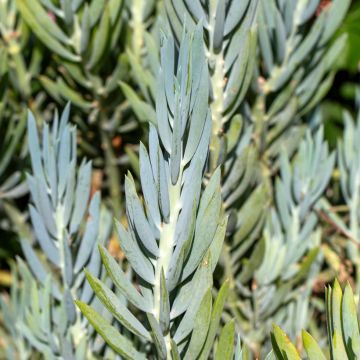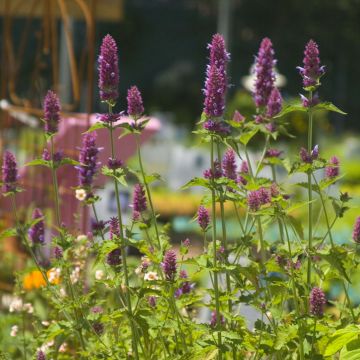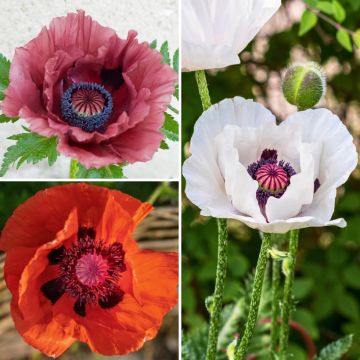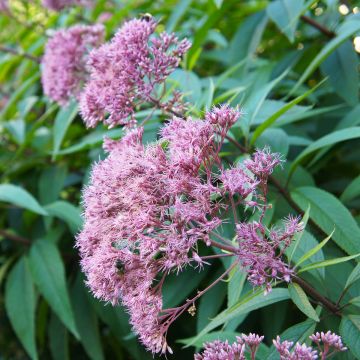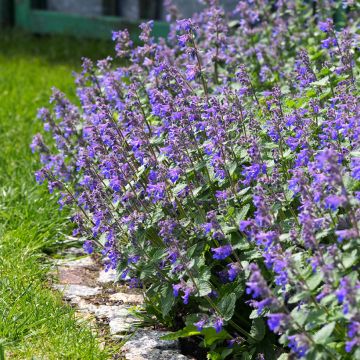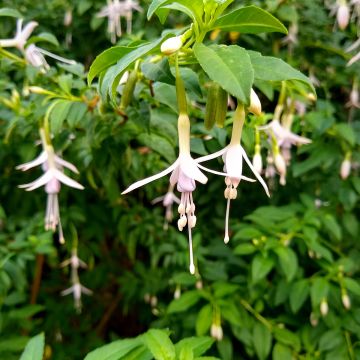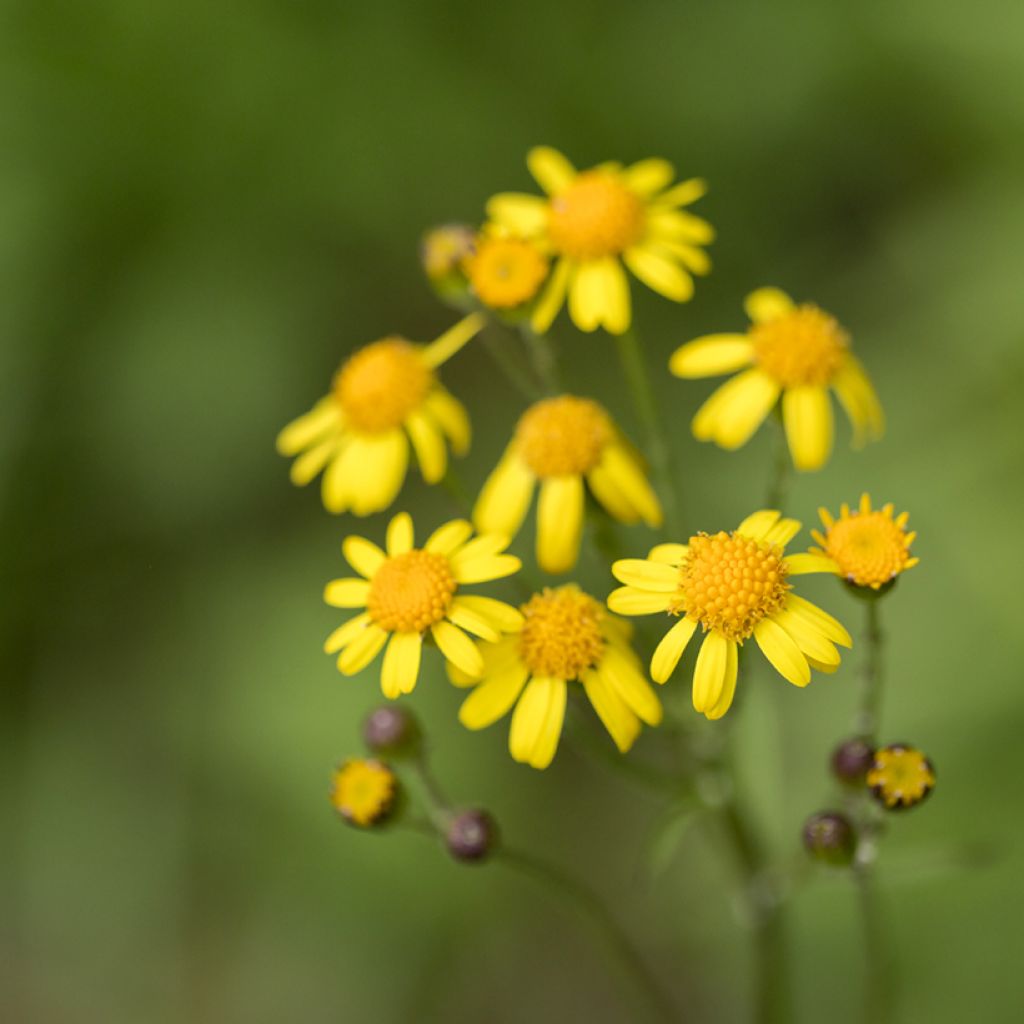

Packera aurea
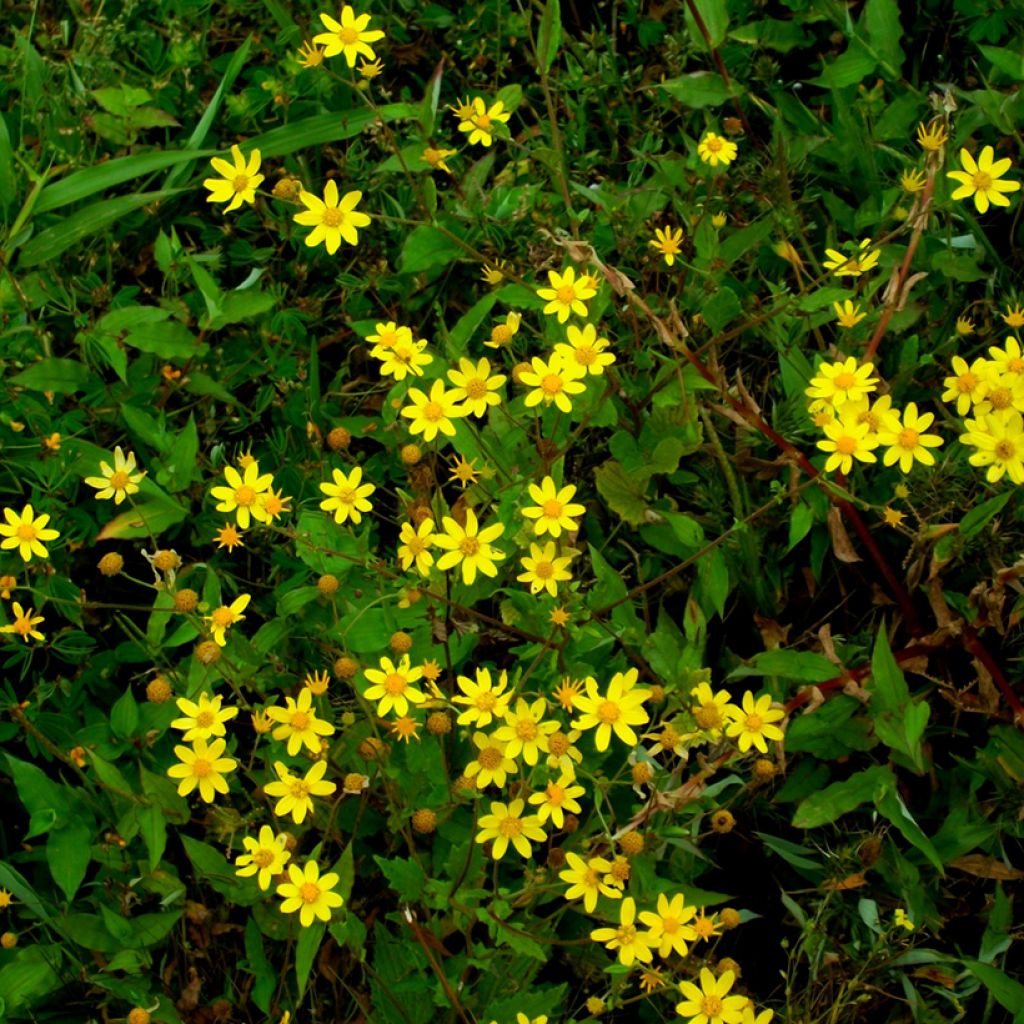

Packera aurea
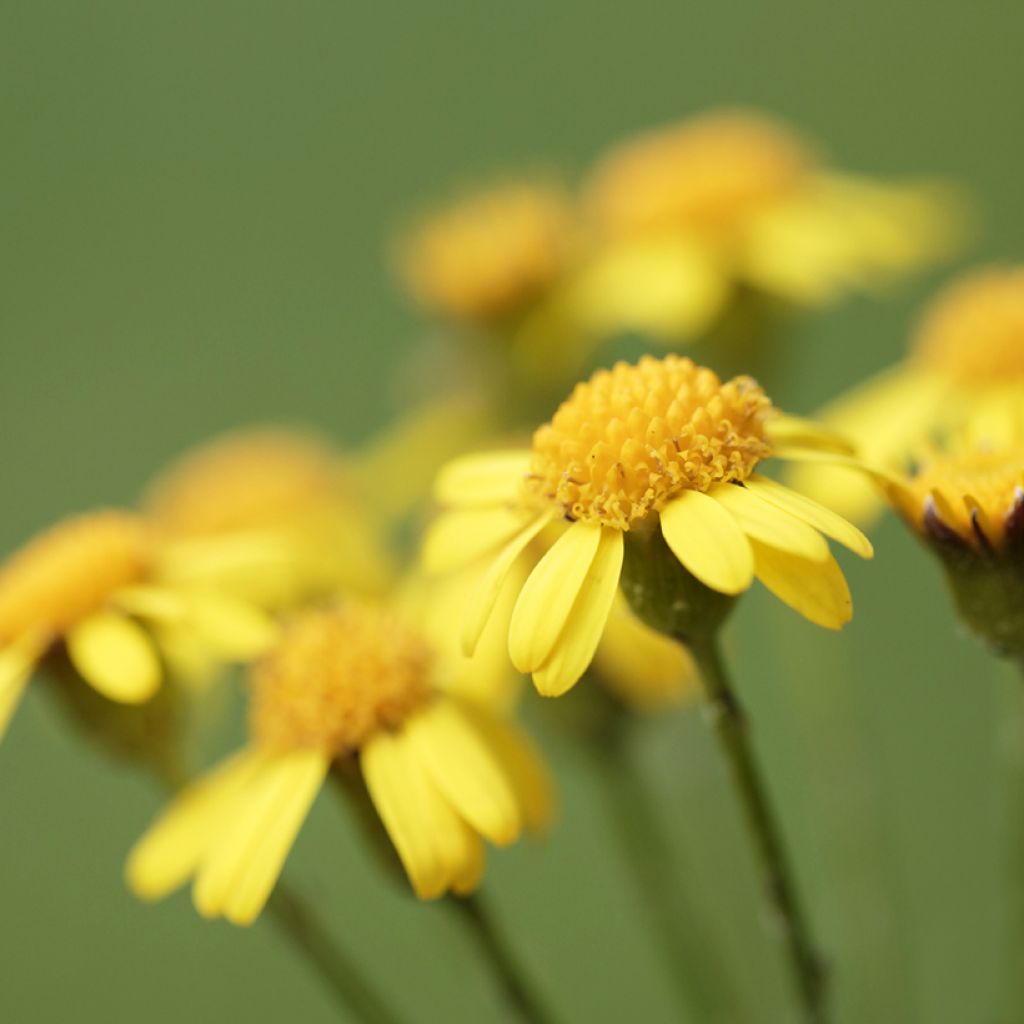

Packera aurea
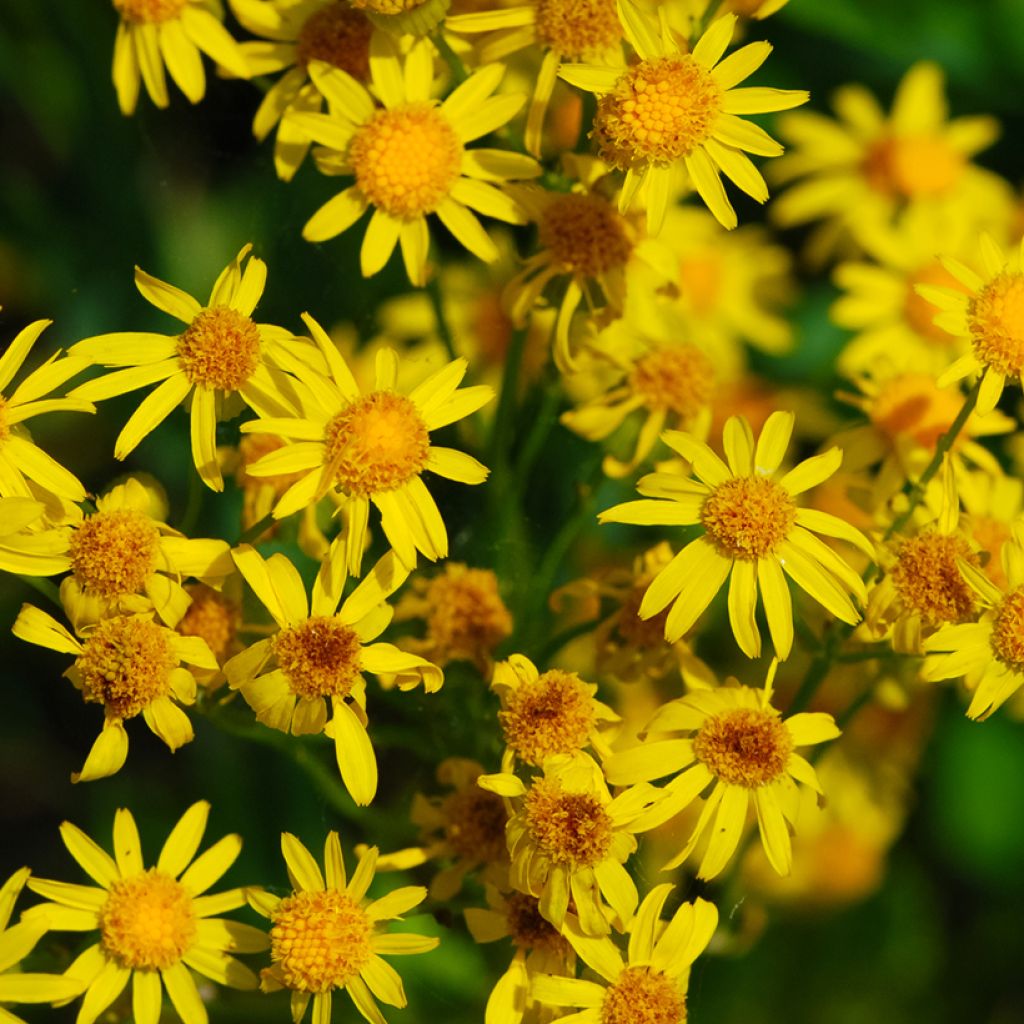

Packera aurea
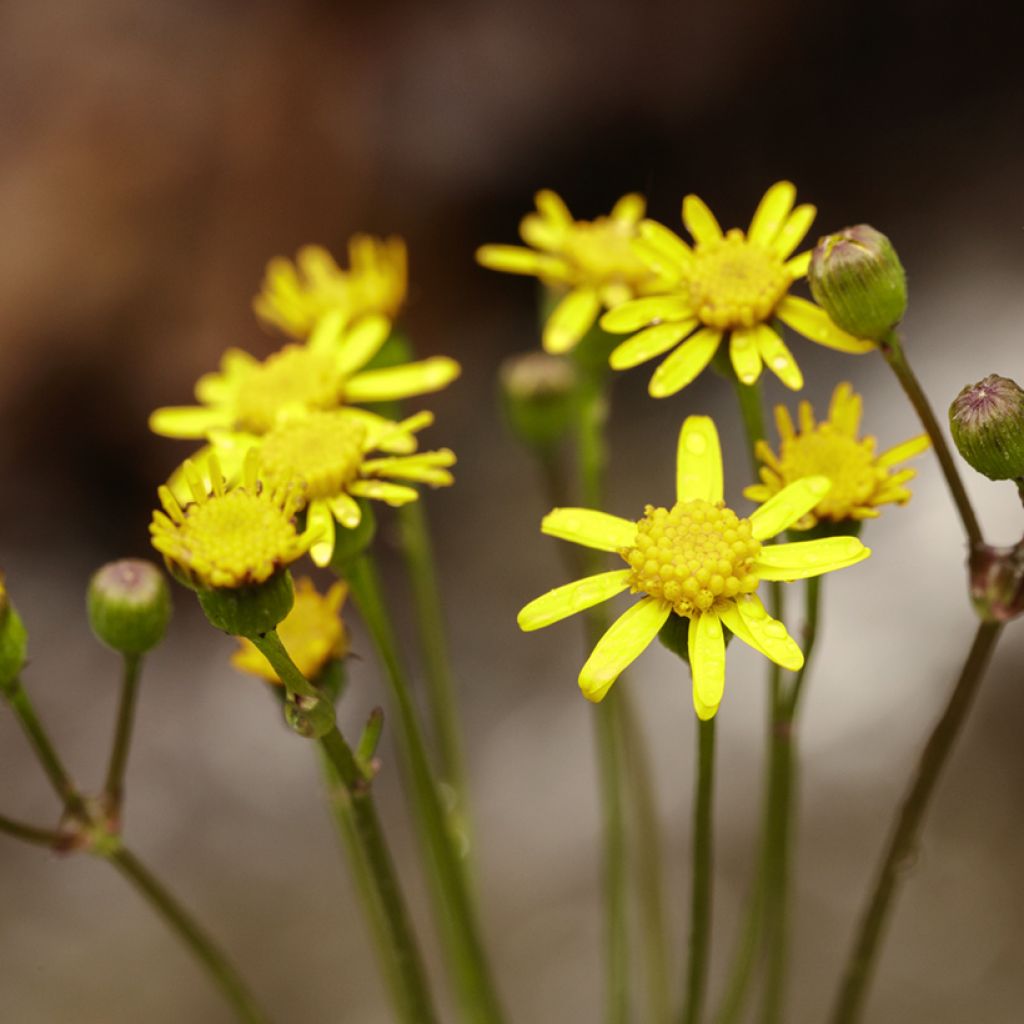

Packera aurea


Packera aurea
Packera aurea
Packera aurea
Golden Ragwort, Squaw Weed, Life Root, Golden Groundsel
Special offer!
Receive a €20 voucher for any order over €90 (excluding delivery costs, credit notes, and plastic-free options)!
1- Add your favorite plants to your cart.
2- Once you have reached €90, confirm your order (you can even choose the delivery date!).
3- As soon as your order is shipped, you will receive an email containing your voucher code, valid for 3 months (90 days).
Your voucher is unique and can only be used once, for any order with a minimum value of €20, excluding delivery costs.
Can be combined with other current offers, non-divisible and non-refundable.
Home or relay delivery (depending on size and destination)
Schedule delivery date,
and select date in basket
This plant carries a 12 months recovery warranty
More information
We guarantee the quality of our plants for a full growing cycle, and will replace at our expense any plant that fails to recover under normal climatic and planting conditions.
Would this plant suit my garden?
Set up your Plantfit profile →
Description
Packera aurea is a perennial native to North America, little known in our region. Formerly named Golden Ragwort, it is no longer part of the Senecio genus. Hardy and generously flowering, it blooms spectacularly in April with small yellow daisies with a beautiful hairy and bulging centre, carried high on sturdy stems, above a basal rosette of large cordate leaves. A plant of the undergrowth and semi-shaded or sunny areas, it likes moist to wet soils, never dry, where it quickly naturalizes, forming large ground coverings. Its small bright yellow flowers also make adorable bouquets.
Packera aurea is a semi-evergreen perennial of the Asteraceae family, native to the eastern and southern United States, where it grows in wet soils of woods, ravines, and marshes. Initially classified under the Senecio genus, it now has its own genus, Packera, in tribute to the American botanist John G. Packer, which includes about sixty species. It quickly reaches a height of 60 to 90cm (24 to 35in) and a width of 45cm (18in). Its basal foliage forms a beautiful tuft of large green heart-shaped leaves, toothed, dark green, often tinged with violet underneath. This foliage persists in mild climates during winter, but disappears otherwise. The scattered leaves on the stem are oblong and finely cut, distinct. In April, numerous flowers bloom in corymbs, with 2.5cm (1in) daisy-like flowers, with fine bright yellow petals surrounding a bulging yellow centre. After flowering, the seeds are easily dispersed by wind and the plant quickly naturalizes under suitable conditions.
Packera aurea is an excellent perennial for semi-shaded areas of the garden with consistently moist to wet soil. Use it in the undergrowth, along the banks, in wild gardens, cottage gardens, or as a border for large ground coverings. It can be used alone or combined with large ferns, beautiful blue Amsonia, or Hakonechloa. It can also be planted along ponds with Purple Loosestrife and Meadowsweet.
Report an error about the product description
Packera aurea in pictures
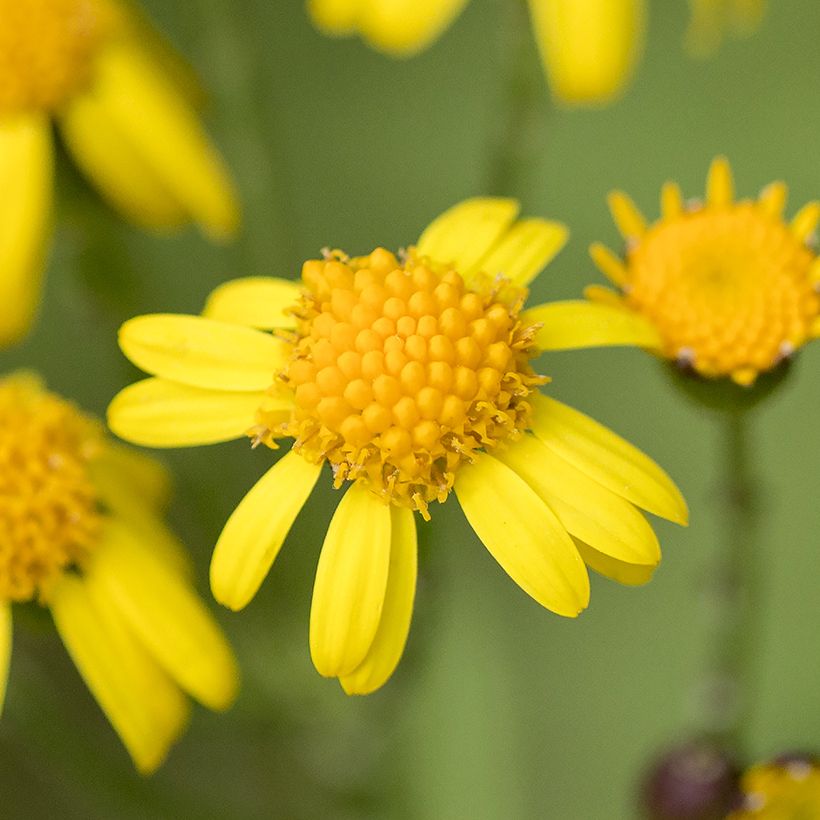

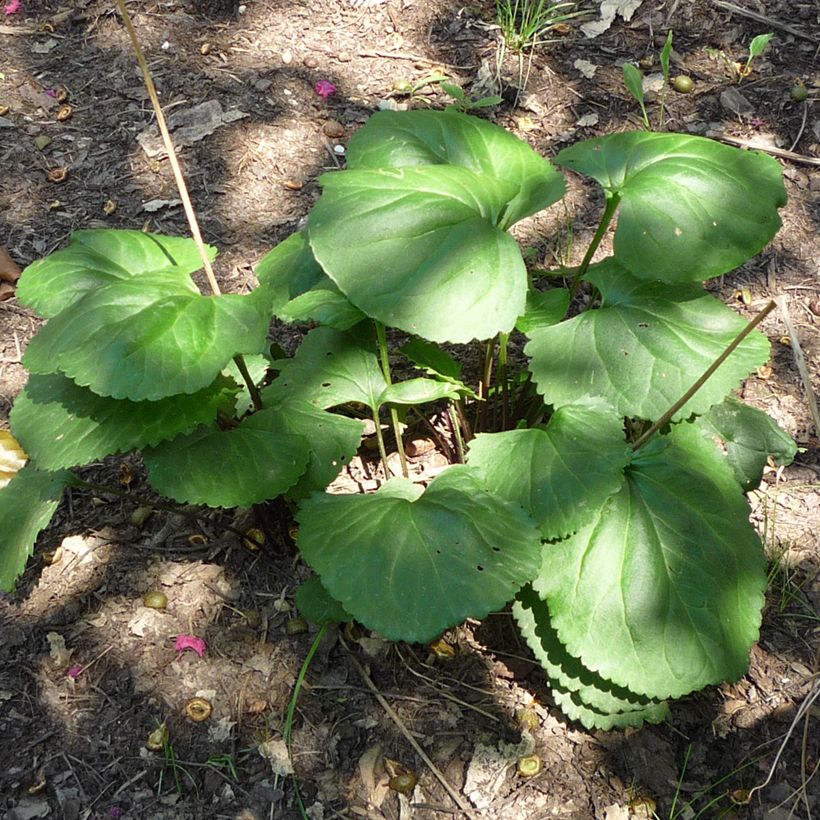

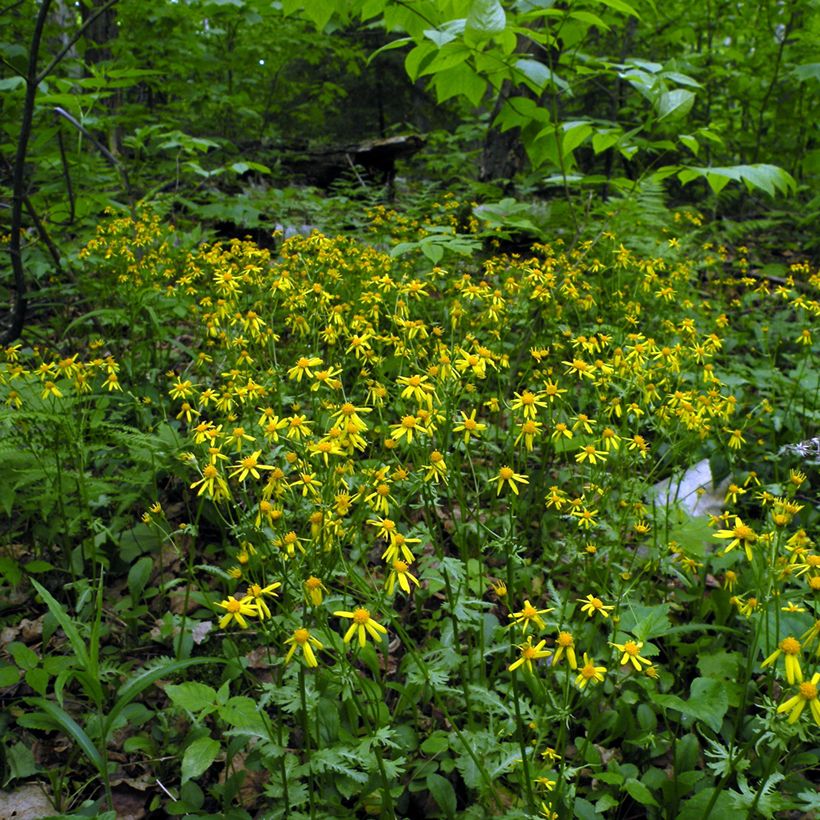

Flowering
Foliage
Plant habit
Botanical data
Packera
aurea
Asteraceae
Golden Ragwort, Squaw Weed, Life Root, Golden Groundsel
North America
Other Senecio
View all →Planting and care
The young plant of Packera aurea should be planted in early autumn or spring, in a well-drained soil, moist to wet, without too much limestone. The soil should not be dry. In heavy soil, incorporate draining materials such as coarse sand or even gravel. Choose a sunny or partially shaded exposure.
Planting period
Intended location
Care
Planting & care advice
This item has not been reviewed yet - be the first to leave a review about it.
Similar products
Haven't found what you were looking for?
Hardiness is the lowest winter temperature a plant can endure without suffering serious damage or even dying. However, hardiness is affected by location (a sheltered area, such as a patio), protection (winter cover) and soil type (hardiness is improved by well-drained soil).

Photo Sharing Terms & Conditions
In order to encourage gardeners to interact and share their experiences, Promesse de fleurs offers various media enabling content to be uploaded onto its Site - in particular via the ‘Photo sharing’ module.
The User agrees to refrain from:
- Posting any content that is illegal, prejudicial, insulting, racist, inciteful to hatred, revisionist, contrary to public decency, that infringes on privacy or on the privacy rights of third parties, in particular the publicity rights of persons and goods, intellectual property rights, or the right to privacy.
- Submitting content on behalf of a third party;
- Impersonate the identity of a third party and/or publish any personal information about a third party;
In general, the User undertakes to refrain from any unethical behaviour.
All Content (in particular text, comments, files, images, photos, videos, creative works, etc.), which may be subject to property or intellectual property rights, image or other private rights, shall remain the property of the User, subject to the limited rights granted by the terms of the licence granted by Promesse de fleurs as stated below. Users are at liberty to publish or not to publish such Content on the Site, notably via the ‘Photo Sharing’ facility, and accept that this Content shall be made public and freely accessible, notably on the Internet.
Users further acknowledge, undertake to have ,and guarantee that they hold all necessary rights and permissions to publish such material on the Site, in particular with regard to the legislation in force pertaining to any privacy, property, intellectual property, image, or contractual rights, or rights of any other nature. By publishing such Content on the Site, Users acknowledge accepting full liability as publishers of the Content within the meaning of the law, and grant Promesse de fleurs, free of charge, an inclusive, worldwide licence for the said Content for the entire duration of its publication, including all reproduction, representation, up/downloading, displaying, performing, transmission, and storage rights.
Users also grant permission for their name to be linked to the Content and accept that this link may not always be made available.
By engaging in posting material, Users consent to their Content becoming automatically accessible on the Internet, in particular on other sites and/or blogs and/or web pages of the Promesse de fleurs site, including in particular social pages and the Promesse de fleurs catalogue.
Users may secure the removal of entrusted content free of charge by issuing a simple request via our contact form.
The flowering period indicated on our website applies to countries and regions located in USDA zone 8 (France, the United Kingdom, Ireland, the Netherlands, etc.)
It will vary according to where you live:
- In zones 9 to 10 (Italy, Spain, Greece, etc.), flowering will occur about 2 to 4 weeks earlier.
- In zones 6 to 7 (Germany, Poland, Slovenia, and lower mountainous regions), flowering will be delayed by 2 to 3 weeks.
- In zone 5 (Central Europe, Scandinavia), blooming will be delayed by 3 to 5 weeks.
In temperate climates, pruning of spring-flowering shrubs (forsythia, spireas, etc.) should be done just after flowering.
Pruning of summer-flowering shrubs (Indian Lilac, Perovskia, etc.) can be done in winter or spring.
In cold regions as well as with frost-sensitive plants, avoid pruning too early when severe frosts may still occur.
The planting period indicated on our website applies to countries and regions located in USDA zone 8 (France, United Kingdom, Ireland, Netherlands).
It will vary according to where you live:
- In Mediterranean zones (Marseille, Madrid, Milan, etc.), autumn and winter are the best planting periods.
- In continental zones (Strasbourg, Munich, Vienna, etc.), delay planting by 2 to 3 weeks in spring and bring it forward by 2 to 4 weeks in autumn.
- In mountainous regions (the Alps, Pyrenees, Carpathians, etc.), it is best to plant in late spring (May-June) or late summer (August-September).
The harvesting period indicated on our website applies to countries and regions in USDA zone 8 (France, England, Ireland, the Netherlands).
In colder areas (Scandinavia, Poland, Austria...) fruit and vegetable harvests are likely to be delayed by 3-4 weeks.
In warmer areas (Italy, Spain, Greece, etc.), harvesting will probably take place earlier, depending on weather conditions.
The sowing periods indicated on our website apply to countries and regions within USDA Zone 8 (France, UK, Ireland, Netherlands).
In colder areas (Scandinavia, Poland, Austria...), delay any outdoor sowing by 3-4 weeks, or sow under glass.
In warmer climes (Italy, Spain, Greece, etc.), bring outdoor sowing forward by a few weeks.






























